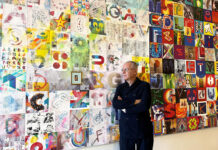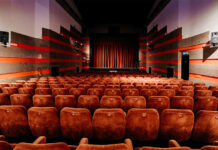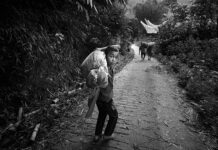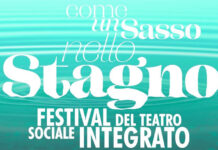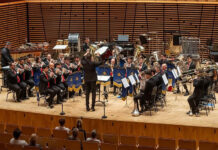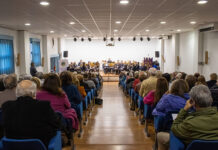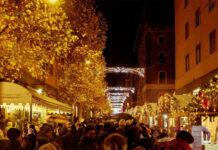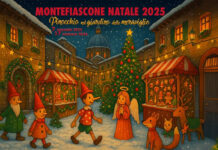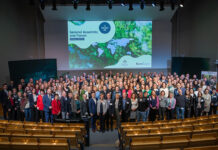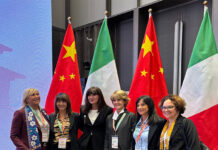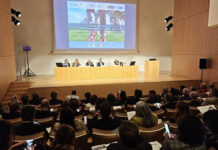VITERBO 2025
Beauty and the Built Landscape Week
JUNE 16-21, 2025
International Urban Design Congress
JUNE 17-19, 2025
Themes
A half-century ago, the discipline of urban design was refounded through the teaching, research, and practice of such postwar figures as Eliel Saarinen, Christopher Tunnard, Gordon Cullen, Saverio Muratori, Kevin Lynch, M.R.G. Conzen, and Colin Rowe. Today, interest in urban design continues to grow among academics, scholars, practitioners, and administrators at all levels. The discipline has broadened its scope from its original focus on the design of human settlements to a much larger set of concerns, so that housing affordability and the dynamics of economics; land consumption; social marginalization; and sustainability, climate change, and other environmental issues have increasingly occupied centre stage.
This commendable engagement has brought with it negative consequences, however, because environmental and functional matters, rather than offering the discipline additional tools, seem, in fact, to be replacing the original goal of “beauty” in both research and practice within the discipline. The production of quality places for human life has become largely episodic. At the same time, it has become evident that many historic places admired for their beauty also hold valuable lessons for environmental and social sustainability while most new settlements keep showing a diffused disciplinary inability to build beautiful and hospitable living environments.
But there is little agreement among either advocates or critics of the movement to reintroduce beauty in urban design regarding terminology or precisely which values contribute to widely recognized beauty. Aesthetics itself is diluting its area of interest in response to the belief that everything gets to human beings directly or indirectly through the senses so that, for instance, pollution, weather instability, obesity, and social distress are now considered aesthetic concerns as well. According to this perspective, hedonic well-being should be satisfied by “ecological aesthetics” and we all should learn how to derive social, physiological, and psychological restoration from biologically sustainable environments and, ultimately, from a commitment to abstention. At the same time, new developments in neuroscience are calling into question conventional views about the inevitably subjective nature of beauty. Still, and possibly because of this situation, there is much to do to make our living environments more beautiful and facilitate the important contribution that aesthetic quality can provide to human health, well-being, and happiness.
Authorities in the United Kingdom and China, among other countries, are pursuing explicit policies to foster urban and regional beauty. National and international academic and professional organizations like the International Seminar on Urban Form, the Congress for New Urbanism, and the Genealogy of Urban Design network, focus their activity at least in part on the aesthetic quality of the built landscape. While these and other institutions have produced a remarkable quantity of disciplinary activity and have a wide reach, the need for a common place of exchange and discussion is widely felt. This might take the form of a series of occasions, such as a periodic International Congress like the CIAM congresses of a hundred years ago but with a commitment to stylistic pluralism, a truly cosmopolitan audience, and open to a multidisciplinary embrace of aesthetic philosophy, environmental psychology, design, and governance, among other specializations.
This proposed International Urban Design Congress builds on the experience of the Rowe Rome international conferences on urban design that were held between 2014 and 2017 in Rome and in 2019 in Washington, DC. After 5 years in which numerous events have shaken our lives worldwide and discouraged in-person meetings, it seems suitable to resume that legacy, although in updated terms. This Congress seeks to address the need of a cosmopolitan rendezvous and offer an opportunity for meeting and debate to institutions and individuals dealing with urban design.
On June 20th (Italian)-21st (English), 2024, hosted in the Sala Regia of the Palazzo dei Priori in Viterbo and open to online participation, a preparatory seminar was held to discuss the major issues at stake and to better define the agenda of the Congress. On June 16-21 2025, the City of Viterbo will host a “Beauty and the Built Landscape” [BBL] week with various events planned besides the International Urban Design Congress: exhibitions, films, sightsee tours. The Congress is planned to be held June 17-19. It will be dedicated to an exchange of ideas on the foundational morphological and aesthetic aspects of urban design. There will be invited speakers and speakers selected by a call for abstracts (theory contributions) and for projects (design contributions) and organized in parallel sessions.



